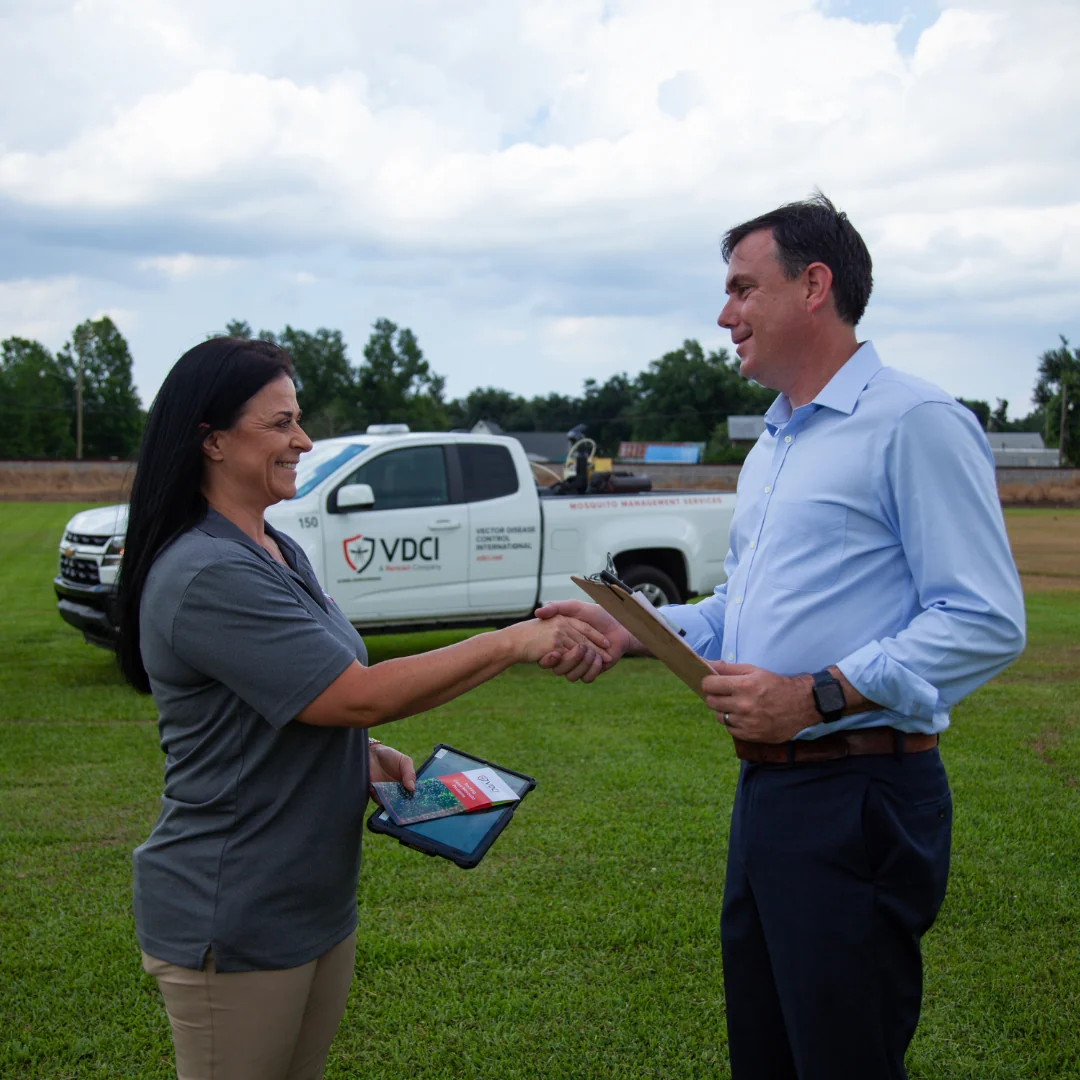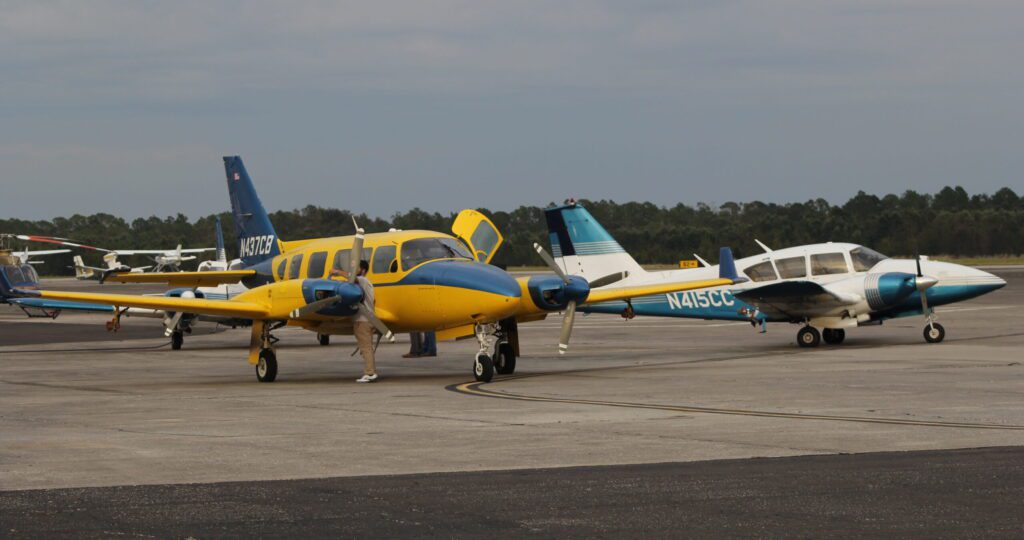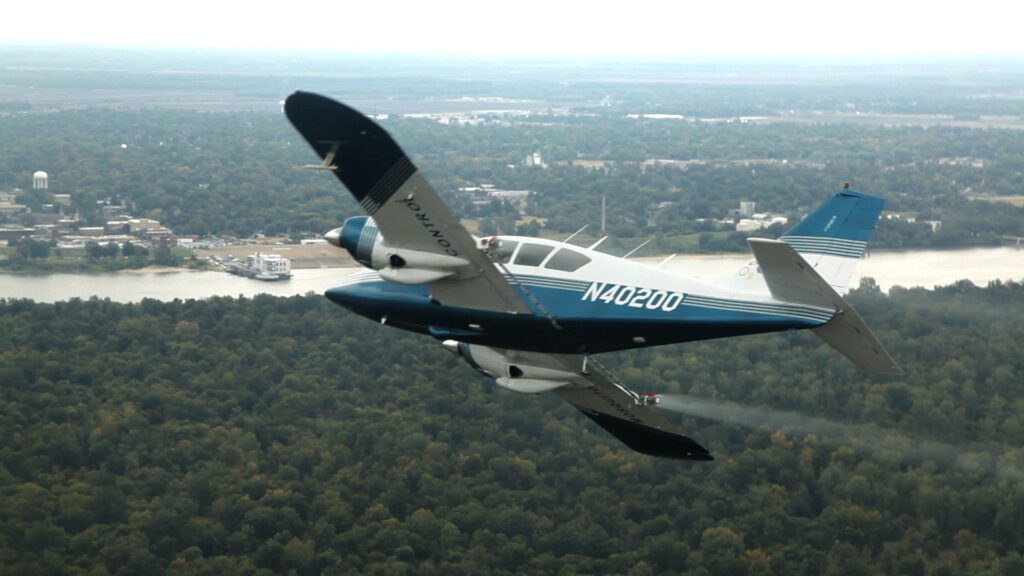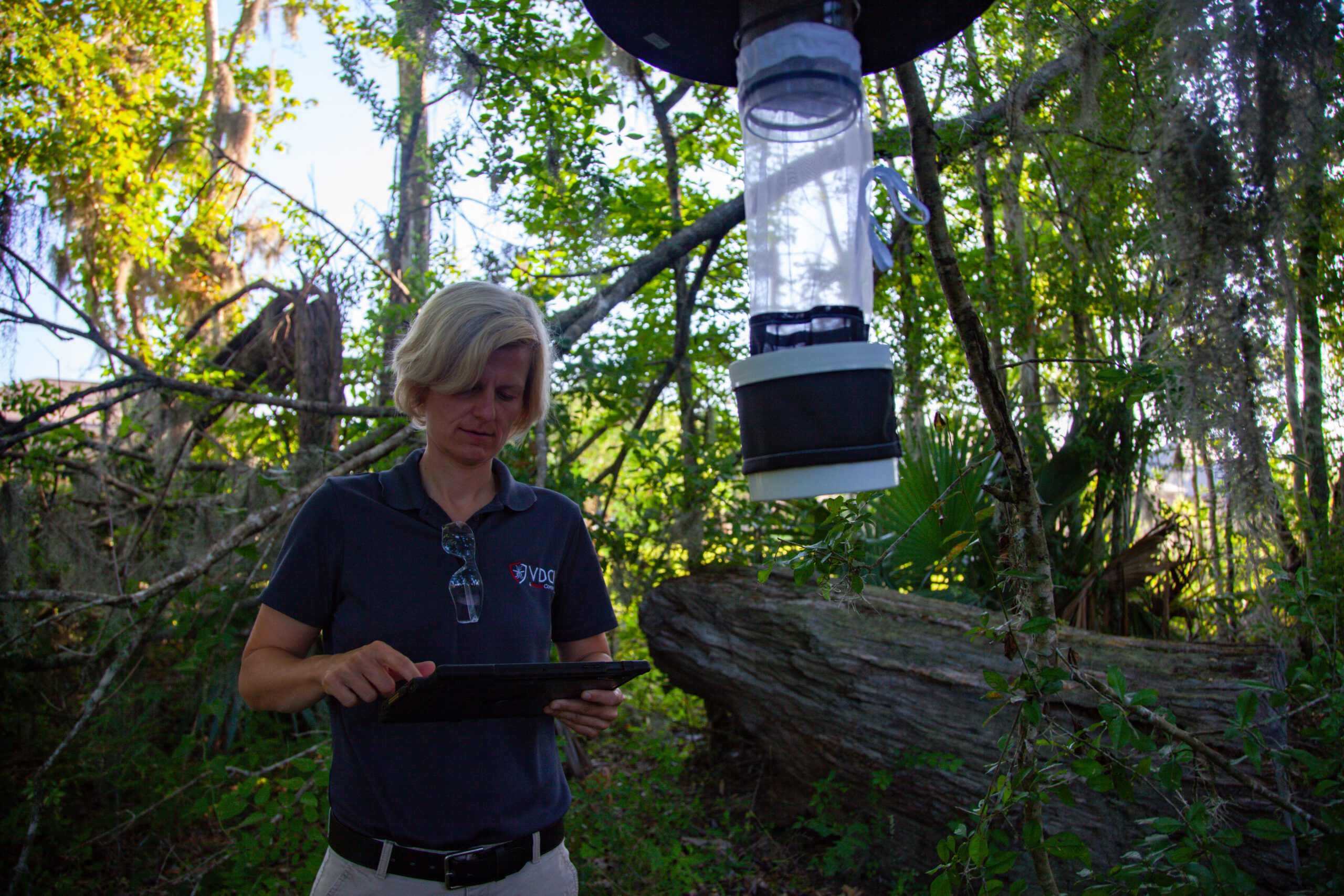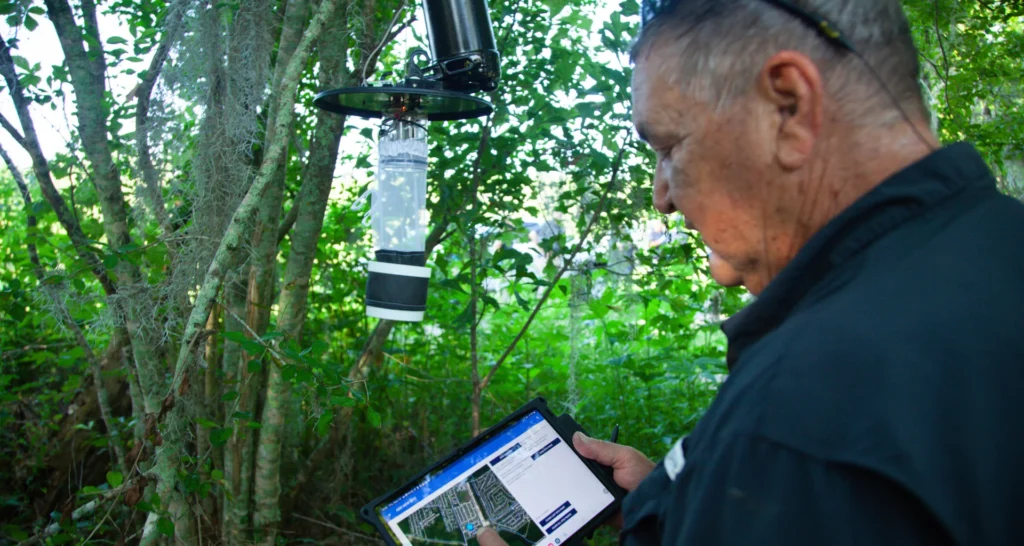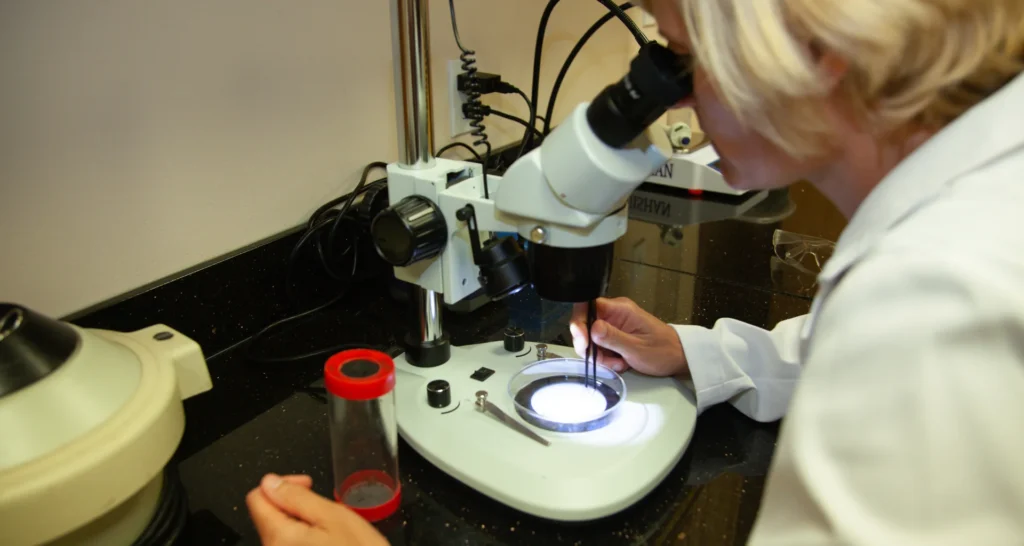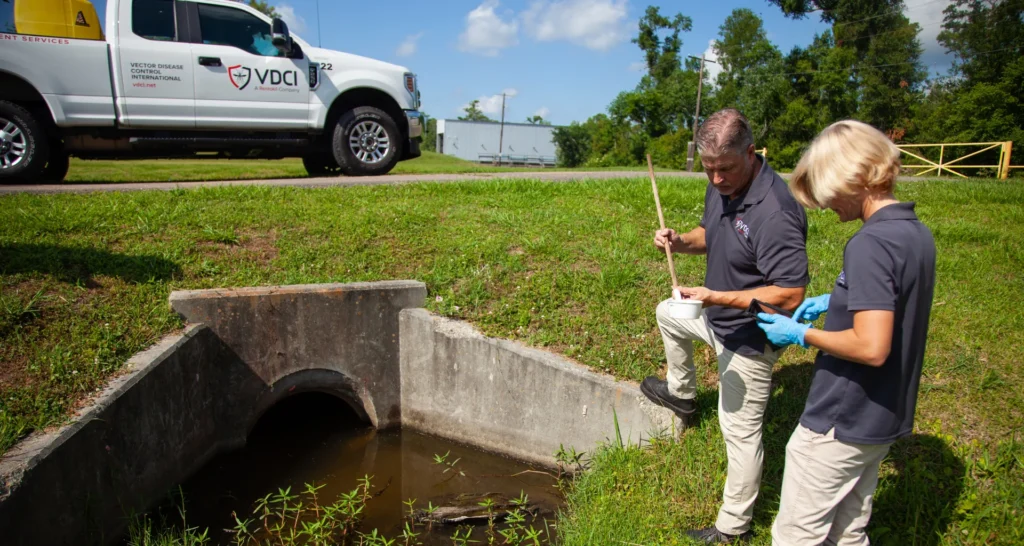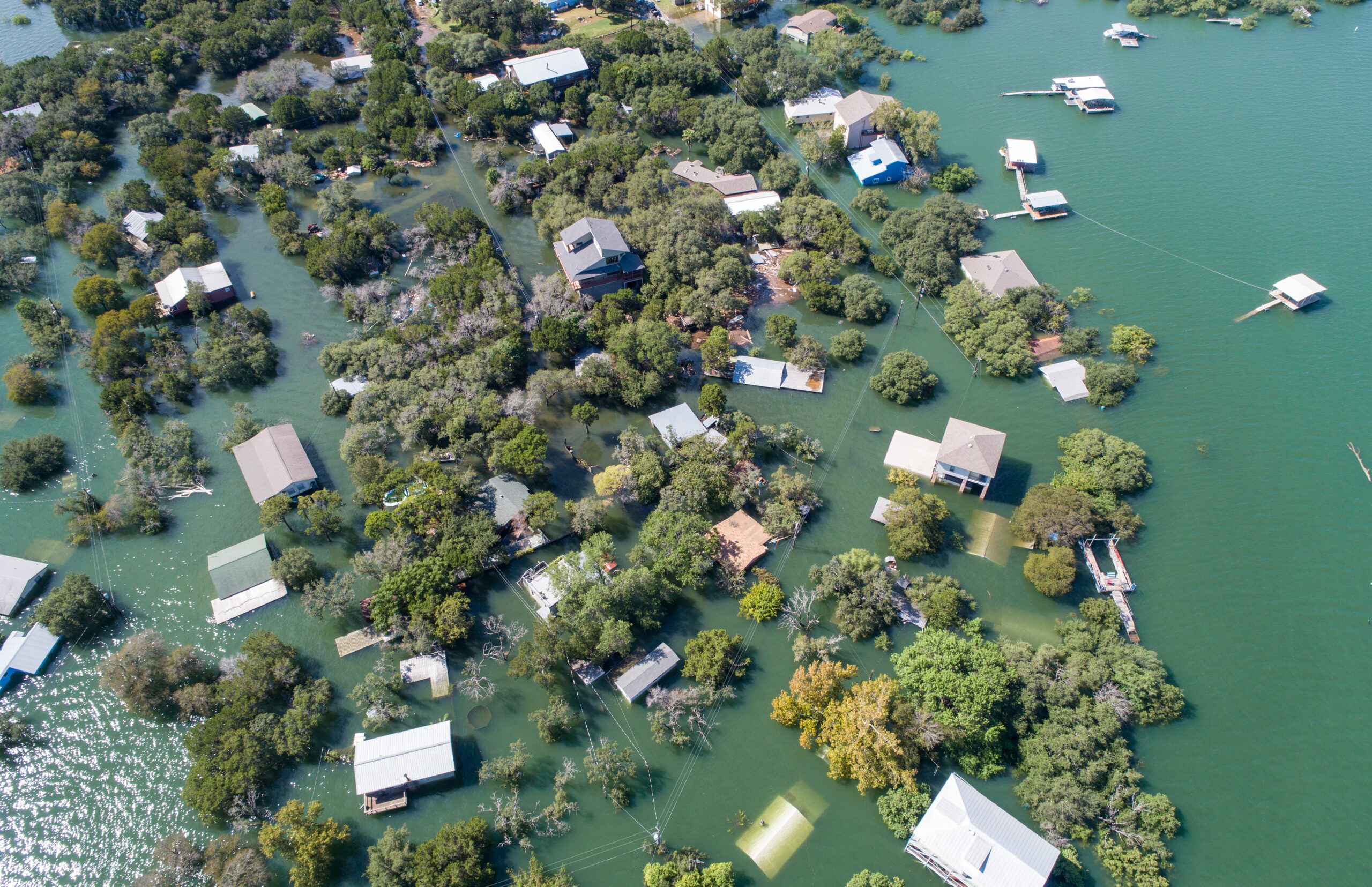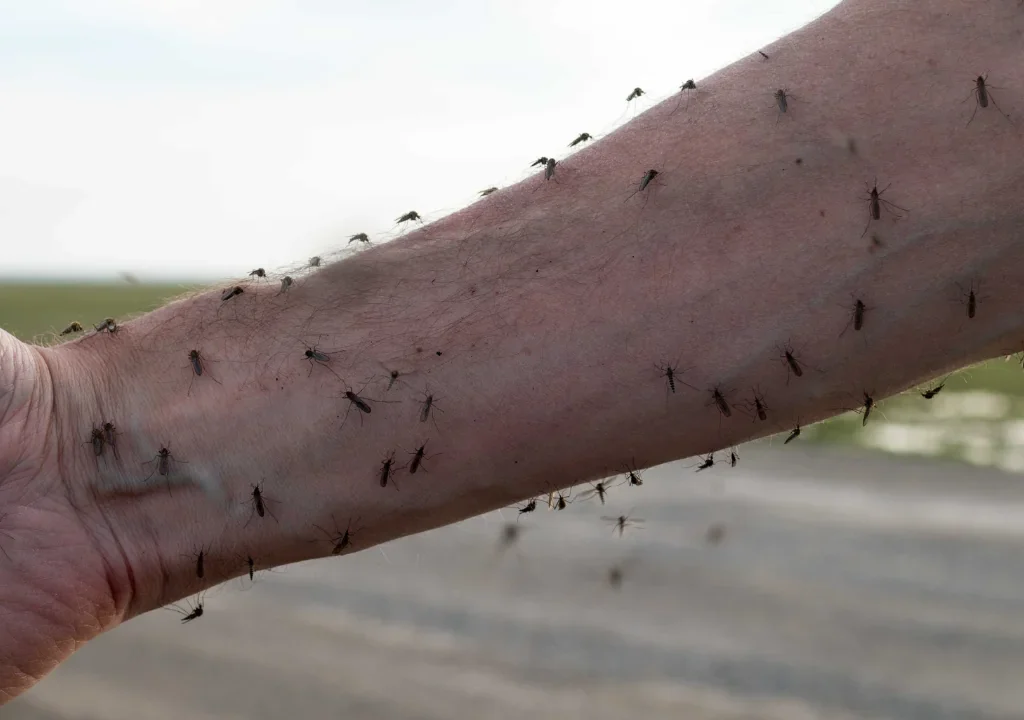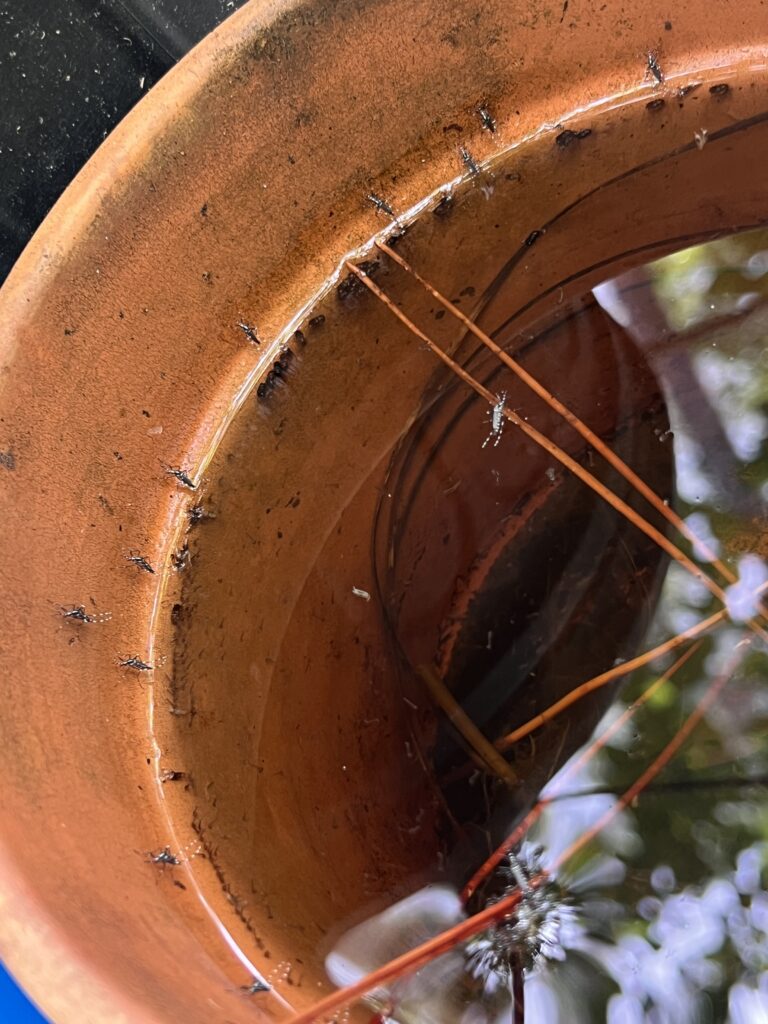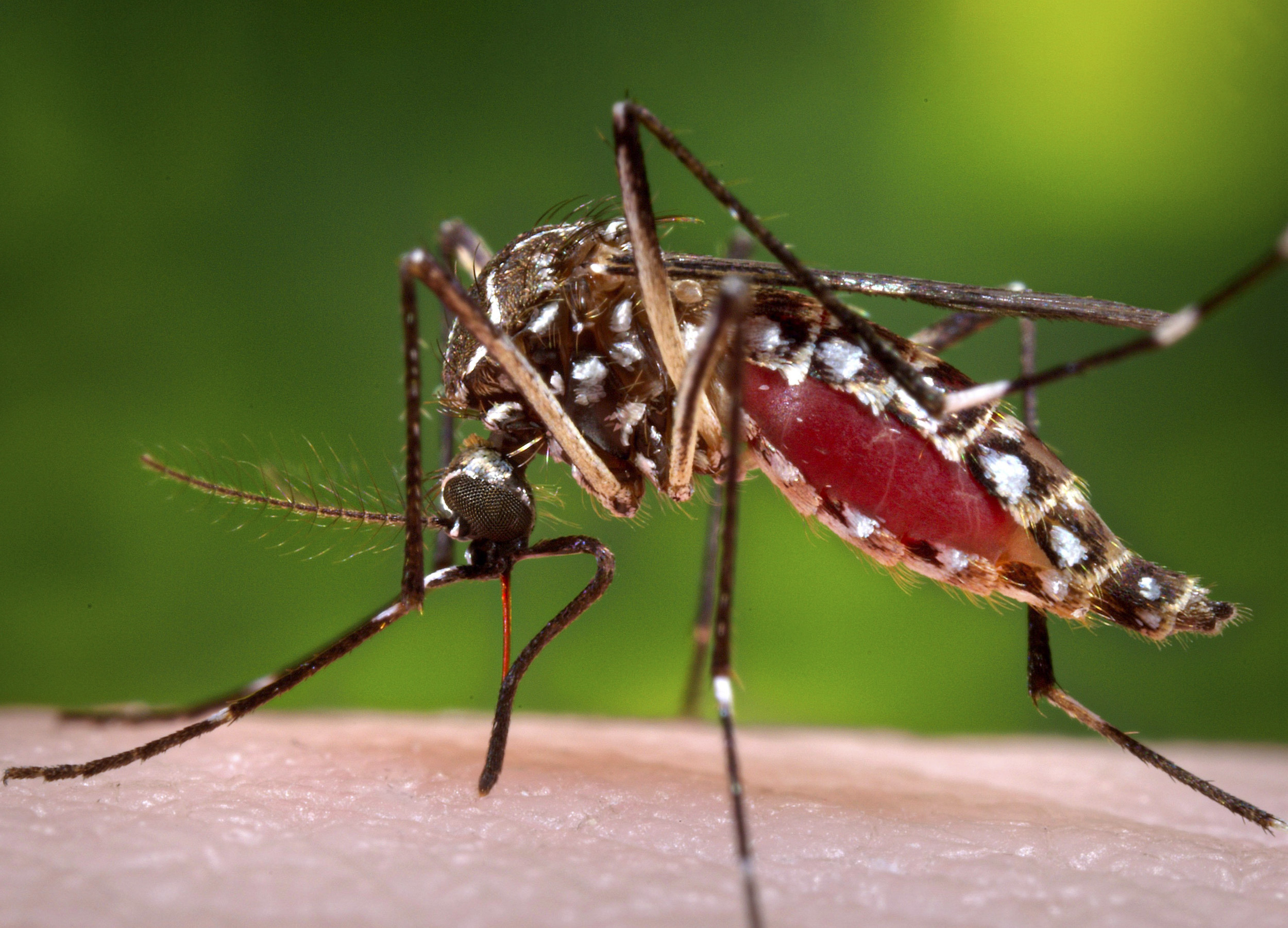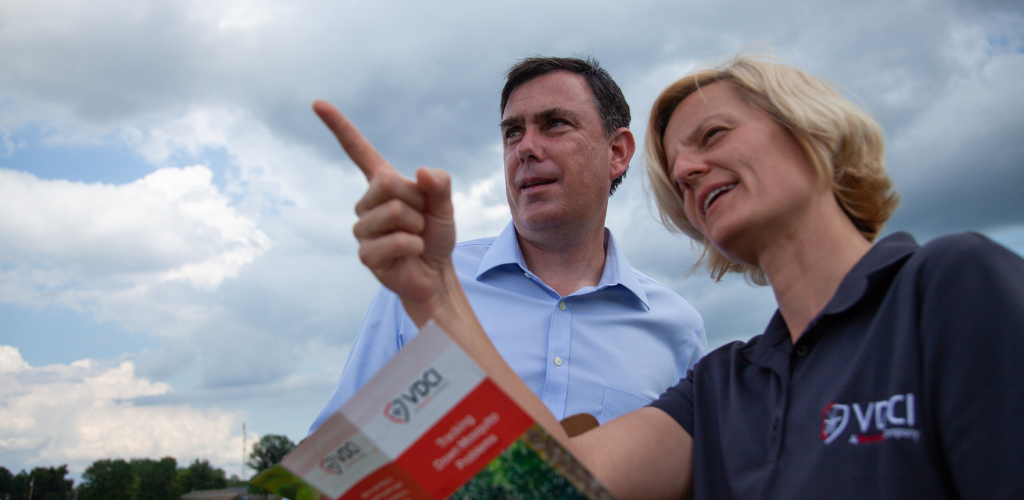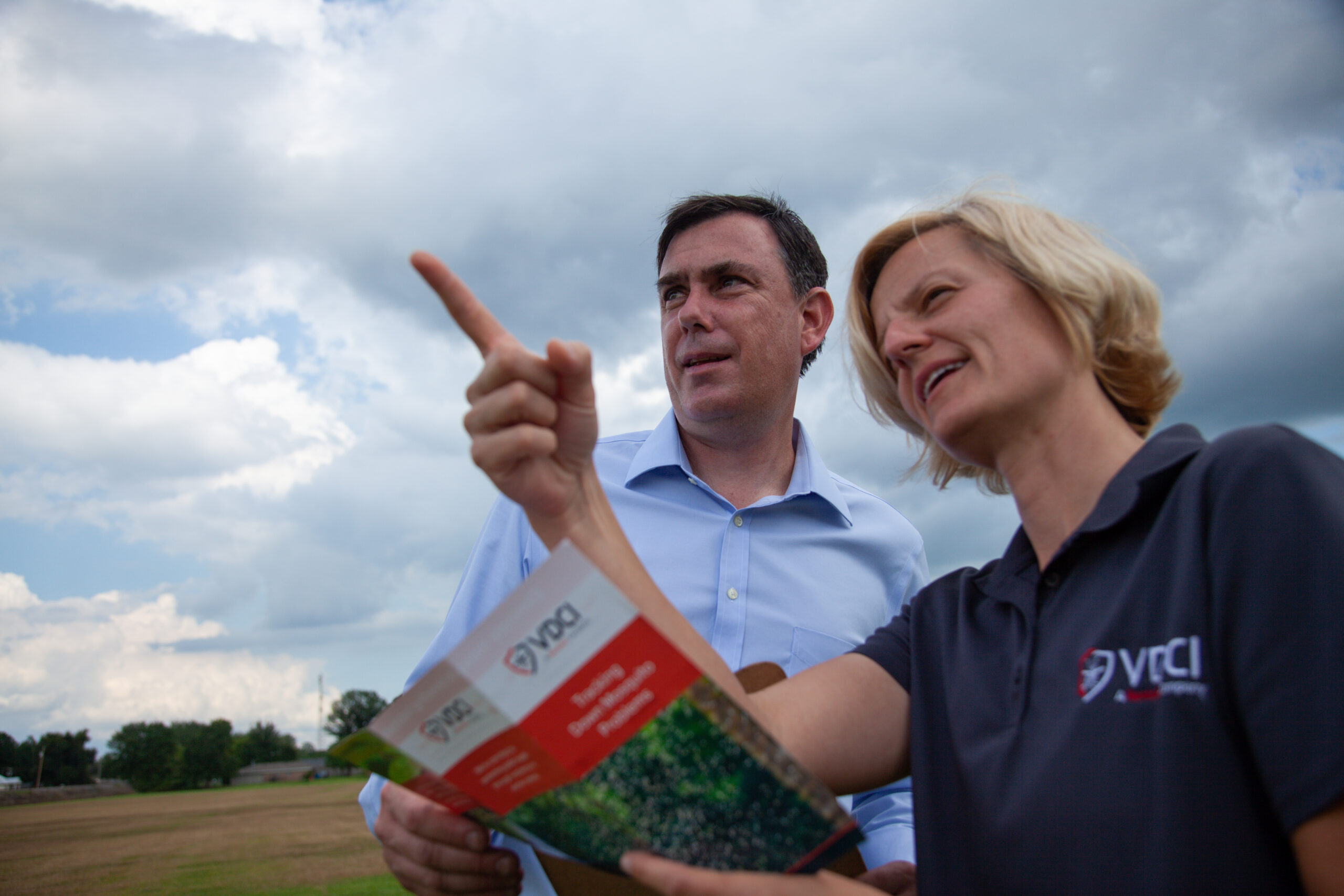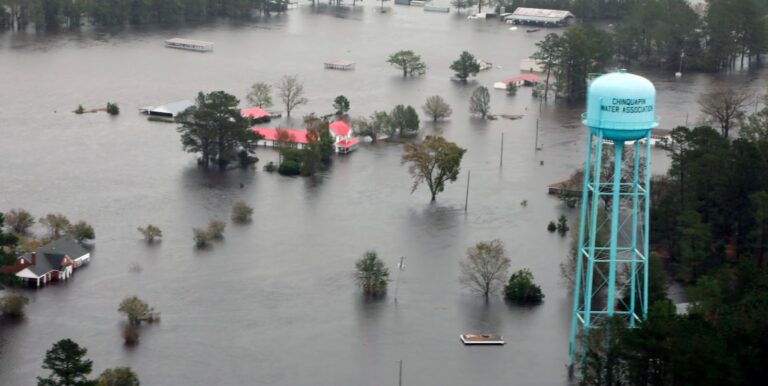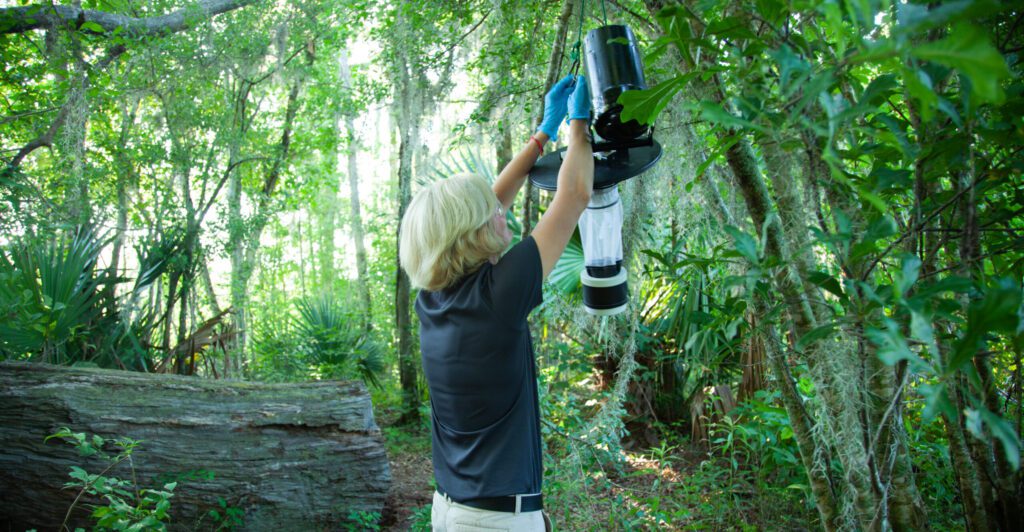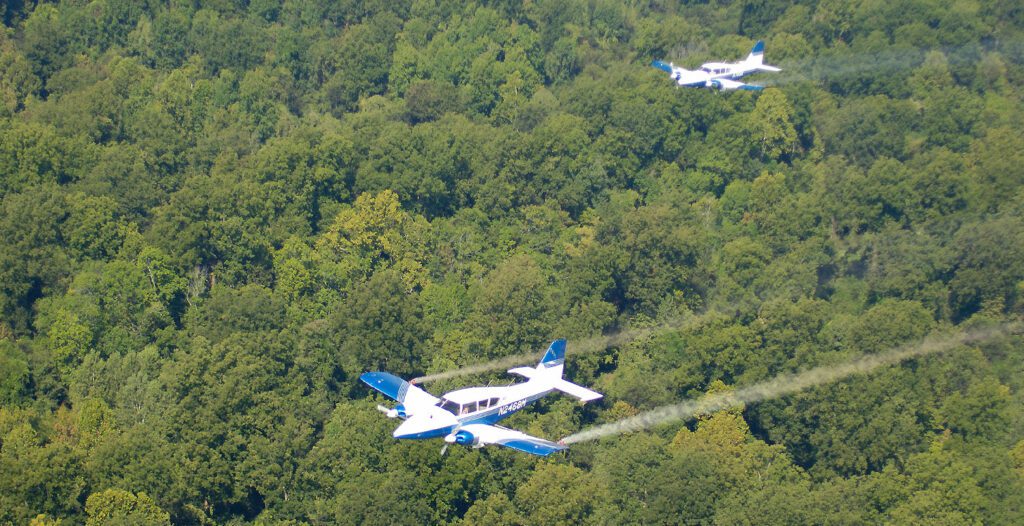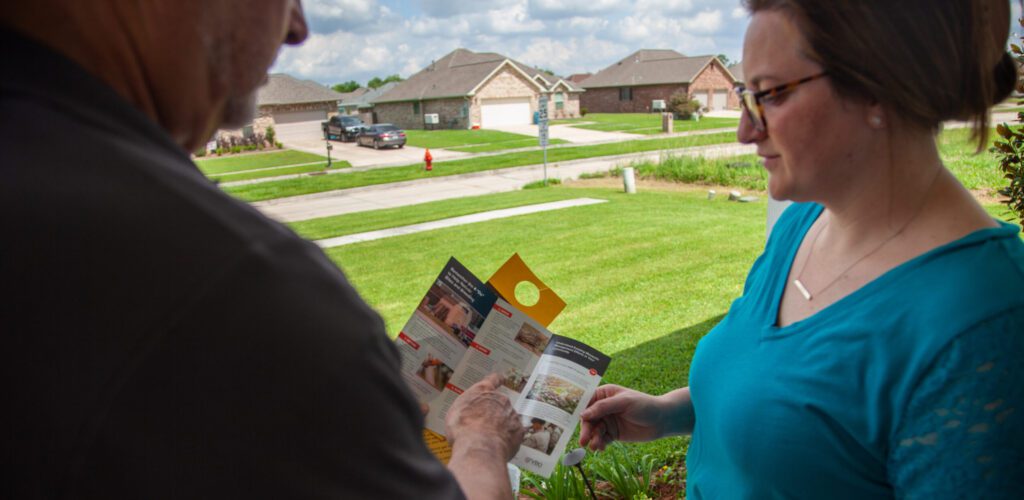Mosquito-Related Emergencies Demand Attention and Concern
Large populations of mosquitoes can become a serious nuisance and create public health risks, underscoring the critical need for swift intervention. However, waiting until after a crisis is declared to determine a course of action can impede decision-making and delay response and recovery efforts. By understanding the various types of emergencies and engaging in proactive planning, communities can effectively mobilize and respond promptly when these challenging events arise.
Types of Mosquito-Related Emergencies
Mosquito-related emergencies typically fall into two categories: those influenced by weather conditions, such as major storms and flooding, and those characterized by heightened risks of disease transmission.
Disease Transmission Outbreaks

This type of emergency occurs when mosquito-borne diseases become more prevalent due to existing or newly introduced mosquito species or arboviruses. These disease outbreaks are usually triggered by ecological changes in the environment, including urbanization, international travel, or global trade. For example, Aedes albopictus eggs were inadvertently transported to California through lucky bamboo plants and to Houston through infested retread tires. Today, the species is one of the most challenging to control and is capable of transmitting diseases, including West Nile, chikungunya, dengue, and several forms of encephalitis.
Weather-Related Emergencies

The second type of emergency occurs due to environmental factors such as natural disasters or major flooding events. The warm temperatures, humidity, and water that is left behind after a storm can lead to a surge in mosquito populations. Coastal regions typically focus on hurricane preparedness, but it’s important to note that inland areas are also susceptible to mosquito-related weather emergencies. Nuisance mosquito populations can significantly impede recovery efforts and create additional stress for people displaced from their homes. Though they may not begin spreading diseases until weeks or months following a storm, adult mosquitoes become increasingly susceptible to contracting and transmitting diseases if not controlled.
Emergency Response

No matter the type of mosquito-related emergency, each requires specific protocols and collaboration among numerous government agencies. In an emergency event, public health officials draft a written request to their state’s Governor or Tribal Chief Executive, prompting them to seek a declaration from the President. This declaration is contingent upon CDC-verified data confirming the severity of the mosquito-related threat. Upon declaration, mosquito abatement operations commence in adherence to federal, state, and local laws.
During rapid response operations, aerial fleets and ground crews are mobilized to administer EPA-registered insecticides, ensuring thorough coverage across the affected region. The Federal Aviation Administration (FAA) and the U.S. Fish and Wildlife Service align to verify compliance for pesticide application aircraft and drones, and monitor the welfare of humans, wildlife, and sensitive environments in treated areas. The Federal Emergency Management Agency (FEMA) spearheads the federal response and manages reimbursement for recovery efforts.
To assess the effectiveness of these mosquito control endeavors, trapping and disease testing data are collected in the subsequent days and weeks, then compared to pre-emergency surveillance data to ensure effective control.
Planning Ahead

Effective response to disease outbreaks and weather-related emergencies relies on thorough preparation and communication. It is crucial to have contingency plans and procedures in place that govern product types, equipment, and communication channels while taking into account financial obligations and unexpected challenges. By coordinating ahead of time, efficient and unbiased action can be taken as soon as a severe storm is forecasted or a public health emergency is declared.
Emergency response planning involves identifying key contacts and securing funding sources, fostering collaboration between local and federal agencies to establish a cohesive communication network. Ongoing coordination with government leaders and organizations also includes public education. Involving residents and stakeholders raises awareness about mosquito disease risks and the need for personal protection. Additionally, community engagement promotes cooperation in eliminating breeding sites and other preventive measures.
Establishing action thresholds is crucial for maximizing funding, optimizing product use, and preventing insecticide resistance. Action thresholds serve as specific data points signaling a threat to public health and should be set before an emergency occurs. Once these predetermined thresholds for mosquito populations or disease presence are exceeded, mosquito control measures are implemented. Through mosquito surveillance using specialized traps and lab tests, professionals can monitor mosquito populations and disease presence, establishing a baseline for management decisions during crises.
Proactive aerial mapping aids teams in identifying dangerous or inaccessible areas across the region, ensuring heightened vigilance during rapid response missions. It’s also essential to confirm that personnel have the correct licenses and permits for pesticide use and the operation of equipment, helping to ensure that emergency operations meet all necessary standards.
Integrated Mosquito Management (IMM)

One of the most impactful ways to avoid mosquito-related emergencies is through an ongoing management approach. VDCI’s Integrated Mosquito Management (IMM) programs help support safe, healthy communities by incorporating surveillance and disease testing, insecticide resistance monitoring, adult and larval mosquito control, and public education.
Through our proprietary database, government leaders can access real-time information about mosquito populations, behavior, and disease prevalence. This empowers them to make informed decisions regarding the timing, location, and methods for mosquito control, well before emergency status is reached.
By implementing comprehensive plans, allocating budgets, gathering baseline data, establishing action thresholds, and much more, government leaders can help their communities avoid or respond rapidly to mosquito-related emergencies.
Contact Our Experts
Complete the form below or call us at 800-413-4445 to speak to an expert about your mosquito management needs.
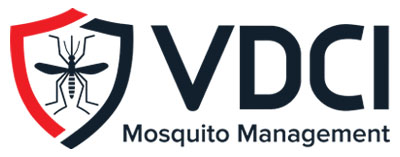 Since 1992, Vector Disease Control International (VDCI) has taken pride in providing municipalities, mosquito abatement districts, industrial sites, planned communities, homeowners associations, and golf courses with the tools they need to run effective mosquito control programs. We are determined to protect the public health of the communities in which we operate. Our mosquito control professionals have over 100 years of combined experience in the field of public health, specifically vector disease control. We strive to provide the most effective and scientifically sound mosquito surveillance and control programs possible based on an Integrated Mosquito Management approach recommended by the American Mosquito Control Association (AMCA) and Centers for Disease Control and Prevention (CDC). VDCI is the only company in the country that can manage all aspects of an integrated mosquito management program, from surveillance to disease testing to aerial application in emergency situations.
Since 1992, Vector Disease Control International (VDCI) has taken pride in providing municipalities, mosquito abatement districts, industrial sites, planned communities, homeowners associations, and golf courses with the tools they need to run effective mosquito control programs. We are determined to protect the public health of the communities in which we operate. Our mosquito control professionals have over 100 years of combined experience in the field of public health, specifically vector disease control. We strive to provide the most effective and scientifically sound mosquito surveillance and control programs possible based on an Integrated Mosquito Management approach recommended by the American Mosquito Control Association (AMCA) and Centers for Disease Control and Prevention (CDC). VDCI is the only company in the country that can manage all aspects of an integrated mosquito management program, from surveillance to disease testing to aerial application in emergency situations.


